You probably wouldn’t expect one of the fastest growing, up-and-coming challenger brands in the golf scene to have been born in South Australia, especially from the minds of two former tradies, but Golf Gods does a lot of things you wouldn’t expect.
In my experience, the ideas that emerge from an all-day drinking sesh with the lads are best left unexplored. It’s those times where, after knocking back a few, friends say things like, ‘we should buy a bar’, or ‘let’s start a podcast’ without thinking through the logistics involved. Sometimes, however, those ideas can bloom into multi-million dollar business opportunities.
That’s exactly how Golf Gods was born.
A fun-loving sports apparel and accessories brand, Golf Gods revels in supplanting the stuffy idea that golf is an old fashioned game. The Aussie business rejects the tired trope of boring old monochromatic shirts and pants, and instead drops colourful and eye-catching clothing regularly, not to mention a string of borderline meme-worthy products, like its penis putter or shocker glove (yes, that type of shocker).
For a sport shrouded in tradition and civility, the slightly-unsouth approach may seem contrarian, but in today’s world, it’s par for the course. In recent times, golf’s former image, reserved solely for the rich and privileged, has been dismantled, giving way to a new generation of high-energy, outspoken sporting fans. Golf Gods is reaping the rewards.
That business has secured a whopping $27 million in turnover, built completely off the back of a $2,000 investment made 10 years ago. It’s the stuff entrepreneurial dreams are made of. We wanted to know how they did it, so we asked them.
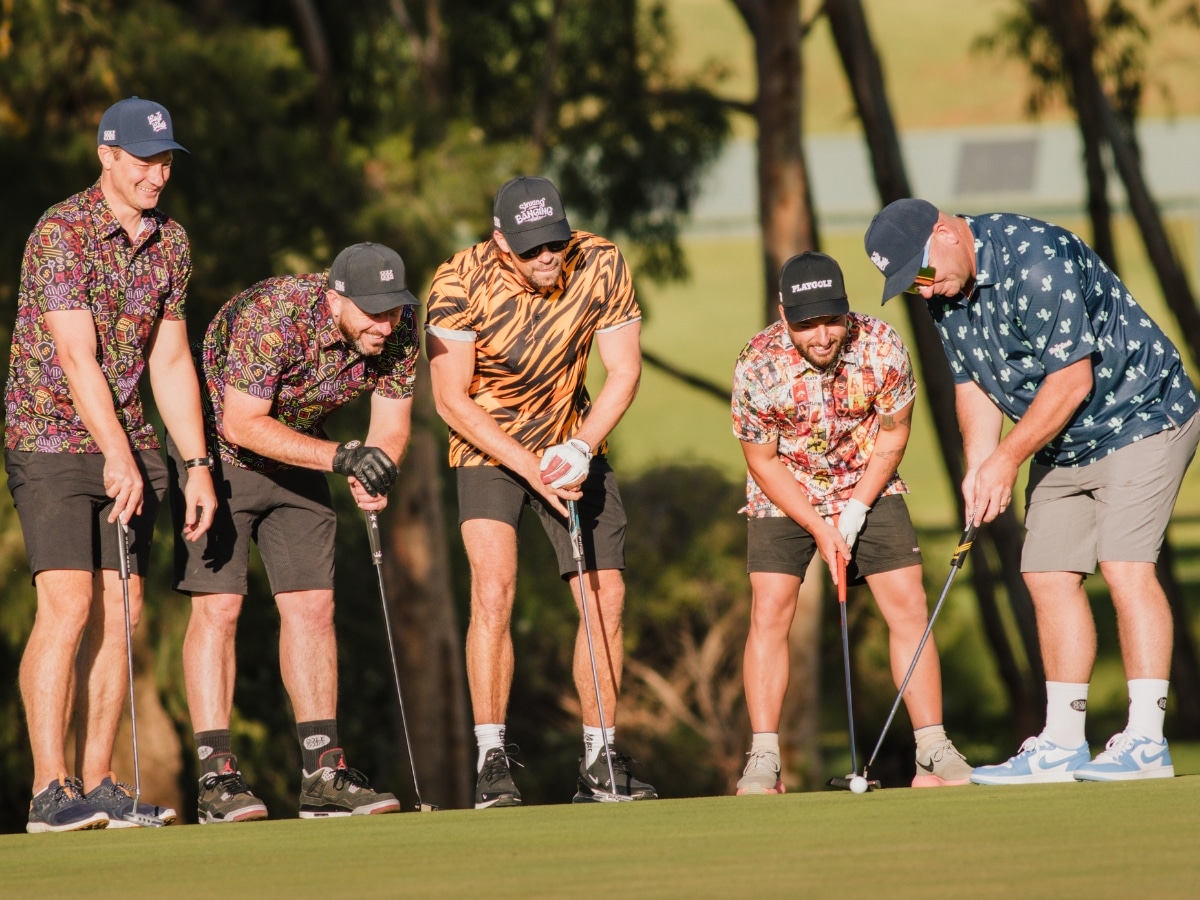
Tee Off
A full decade ago, co-founders Dale Smedley and Shaun Trevillian, a glazier and plumber respectively, finished up their first round of golf and relaxed into an afternoon of drinking. The game was terrible, Smedley tells me, but the seed was planted.
In his spare time after work, the amateur sportsman launched a basic Instagram page dedicated to the fun and debaucherous side of golf: think Happy Gilmore, and you’ll get where he was coming from. Smedley had always talked about starting his own business, rather than working for other people, but the timing had never worked out. In the early days of Instagram, though, it was enough for Golf Gods to repost other people’s funny golf videos to cut through and gain a following.
Trevillian, meanwhile, had gone through a separation and was headed back to Australia from the UK. The pair chatted about the page, and agreed to start working on it together.
“On Christmas Eve, at about 3 a.m. after a big day of playing , he said, ‘yep, sounds good, I need a job, so let’s have a chat’,” Smedley tells me.
“We ended up buying 10 hats from Alibaba, and they were absolutely terrible, but we sold them pretty much immediately. We invested about $1,000 each at that point, which is about the only money we’ve actually invested into the business.”
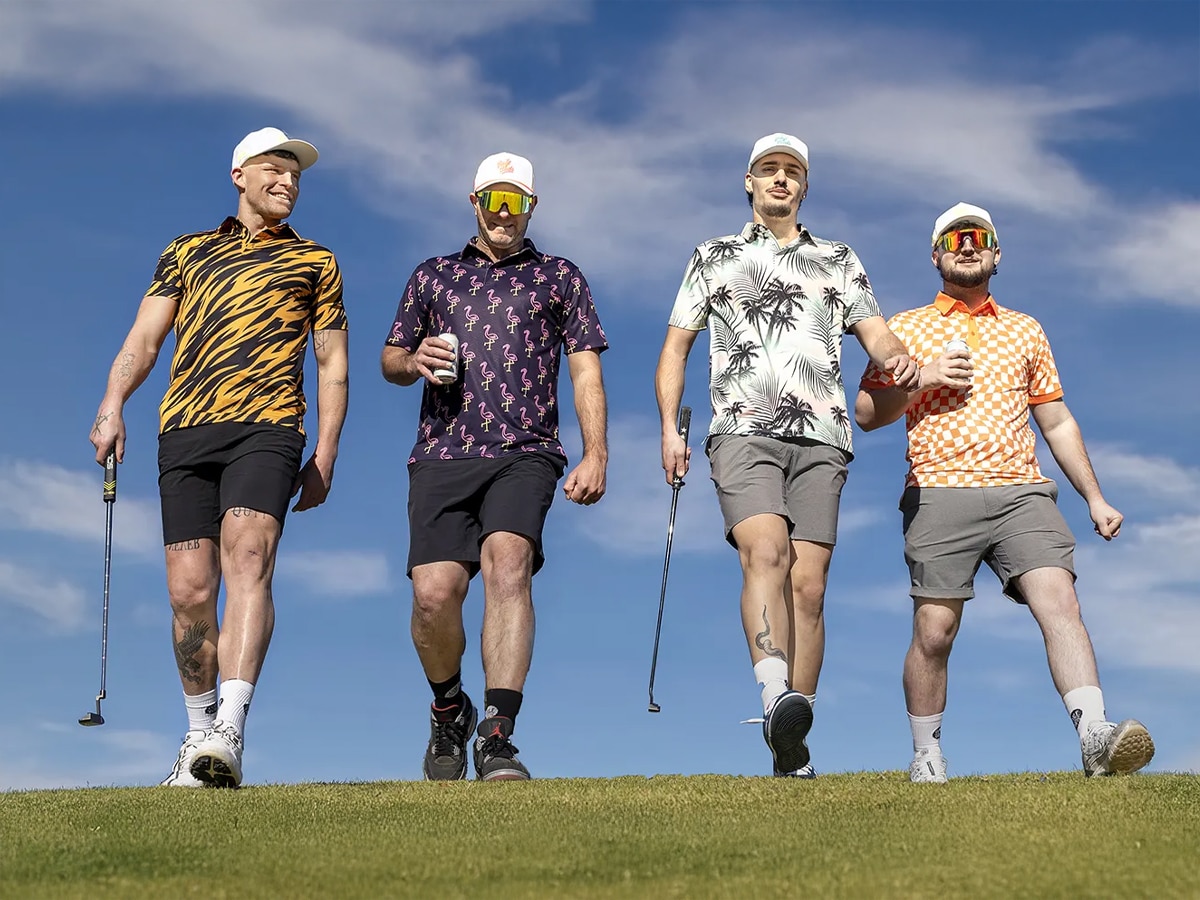
The pair decided that although they had “absolutely no idea” what they were doing, they were going to give it a crack, and sat down one weekend to build out the first Golf Gods website. Now, rather than DMing customers to ask for their address and PayPal information to make orders happen, people could order and pay directly through the website.
The pair bought another 100 hats, and immediately hit a new snag: people outside of Australia were buying their products now, and they needed to figure out international shipping.
It’s pretty typical for entrepreneurs to be faced with new challenges once scaling starts, but for Golf Gods, the typical growth pipeline that many e-commerce businesses now adopt simply didn’t exist.
By necessity, they figured it out themselves, bit by bit.
This, Smedley reflects, is one of the smartest things he and Trevillian did in the early years of the business. By keeping themselves at the centre of each aspect of the business, the pair ensured they understood everything that was happening while also keeping the cost of labor down.
“It’s been really important to keep the business cash-flow positive,” Smedley says. “We ran quite a small team, so we had to do a lot ourselves. I did the website building, the insurance, the customer service, and the marketing.”

For the first seven-or-so years of the business’ life, Golf Gods was able to keep costs down and reinvest into the business, which allowed it to keep growing organically. But, there is a breaking point where a business’ ability to scale is hampered by a lack of man power.
One key lesson, Smedley explains, was learning that the team needed someone on the ground in China where many of its products are made. Before they hired a liaison in China the team at Golf Gods would have difficulty communicating with warehouse staff, and would occasionally be ripped off or ghosted by factories.
By outsourcing that communication, and paying someone to do a better job, Golf Gods ended up seeing the cost of its manufacturing in China drop by almost half, while also seeing the quality of its goods improve – which ended up being key to the business’ success.
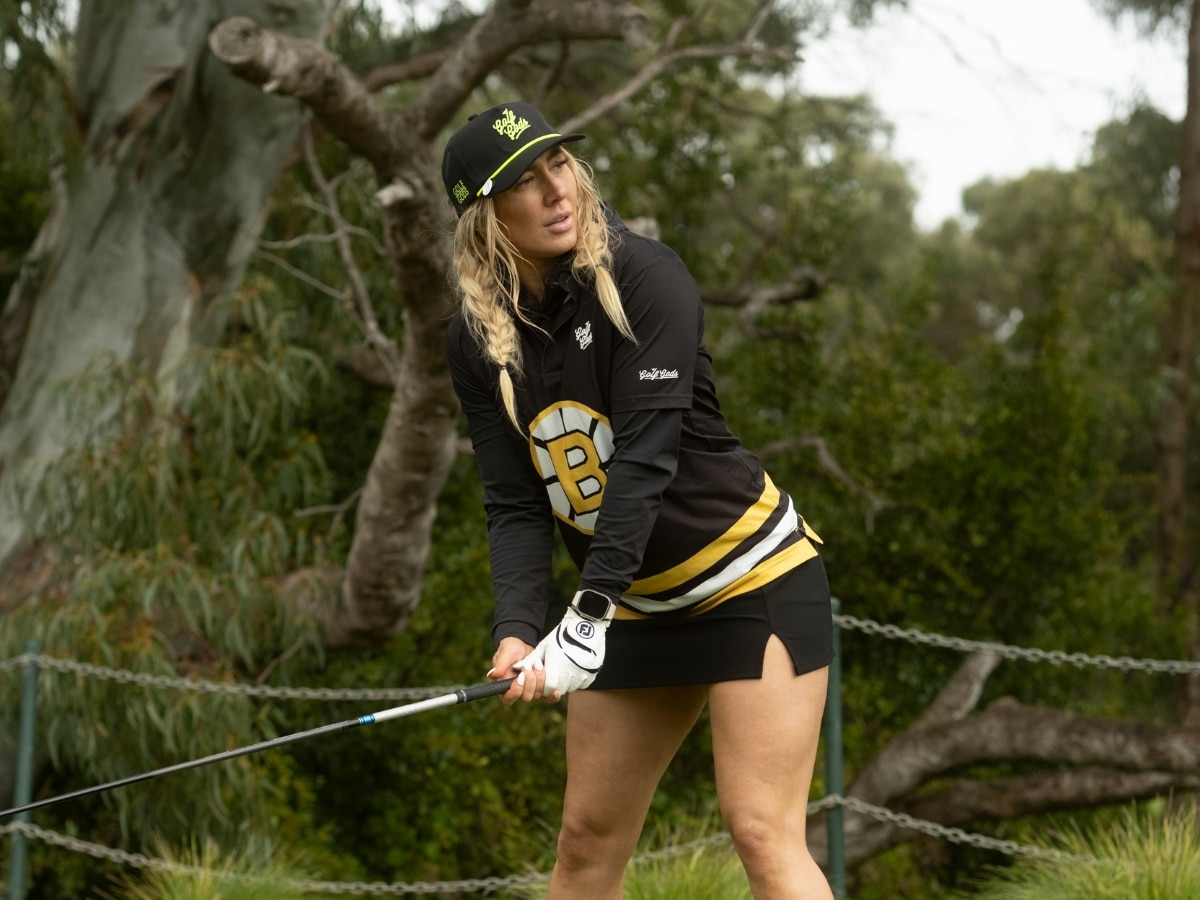
See, Golf Gods had already tapped into the ‘Happy Gilmore-ification’ of golf, but it was when the business started leaning into creating its own products that things kicked off.
A Shocking Idea
A good business typically needs a unique selling proposition: something to differentiate it from the competition and give customers a reason to spend with them.
For Golf Gods, the USP was clear from the get go. Older, more traditional golf apparel brands were respectable by nature. They’d been born out of a different time when the game was largely played by more conservative businessmen. Golf Gods, on the other hand, were larrikins.
One afternoon, a friend of Smedley mentioned he’d seen a glove made by a mountain biking company that caught his eye. It had two pink fingers, and a brown pinkie finger: essentially, it was a shocker glove.
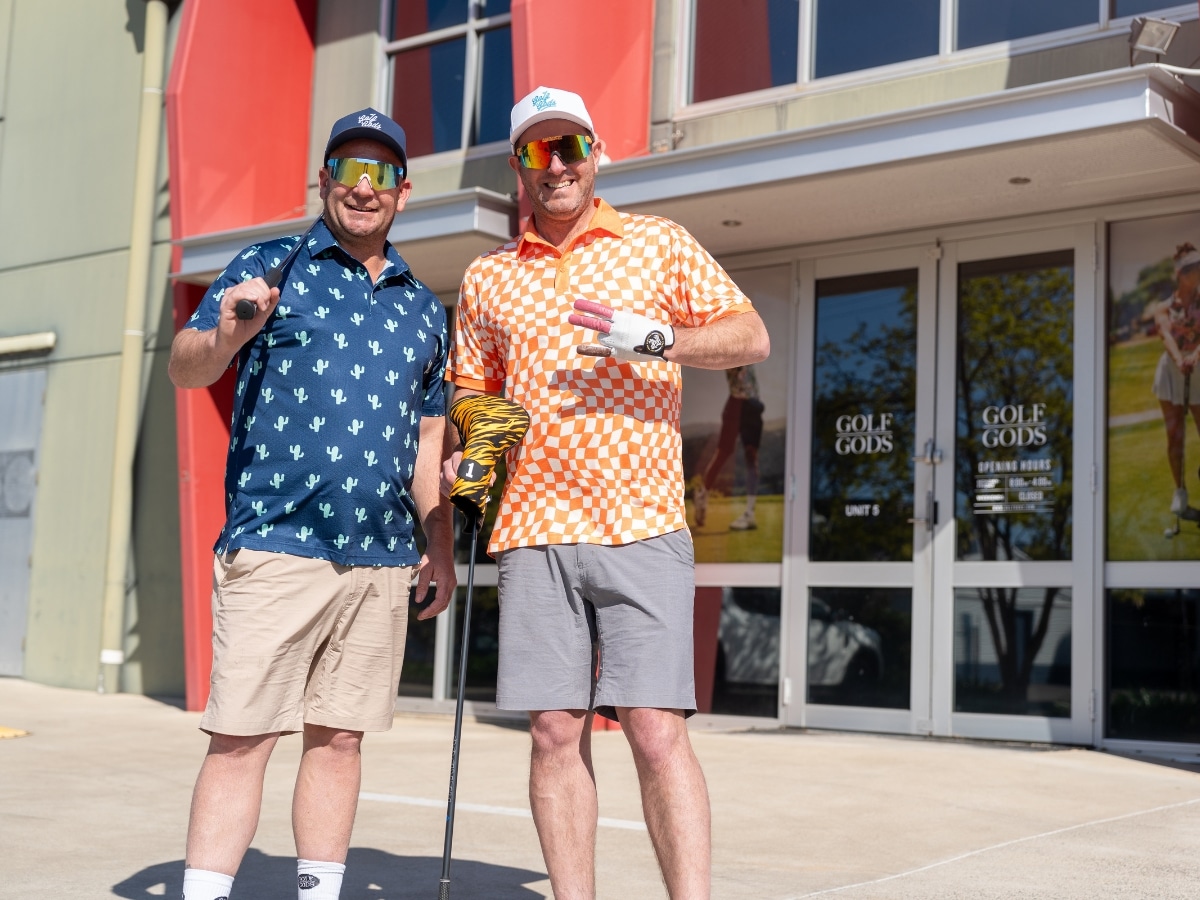
The team loved the idea, and set about figuring out their own version for the golf course. After a few months of testing different materials, and failed attempts at colouring, Golf Gods released what is now its most successful product.
“That’s a multi-million dollar product ,” Smedley says. “It’s our best selling product, and the idea came from someone on my son’s first birthday.”
The success of that glove broke open the flood gates for Golf Gods, Smeldey said, with wilder product ideas gaining traction internally before being released to strong sales.
“We kept doubling down on those kinds of products. At first people wanted the novelty, the parody, but off the back of those being successful the brand itself has become kind of iconic in the golf space,” he says.
Fore!
Now, Golf Gods is as synonymous with the brand’s party polos and bright colours as it is with its ‘big dick’ putter. And, with copycats rising and more established brands expanding what they’re comfortable with to capture a piece of the growing ‘casual golf’ scene, Golf Gods is changing again.
“What we’re seeing now is that it’s so easy for people to make up a Shopify store, copy our designs, and get stuff made in China,” he says. “We’re about 10 years deep into product development, so we know we’re better there, but we’re also doing a better job of selling our brand.”
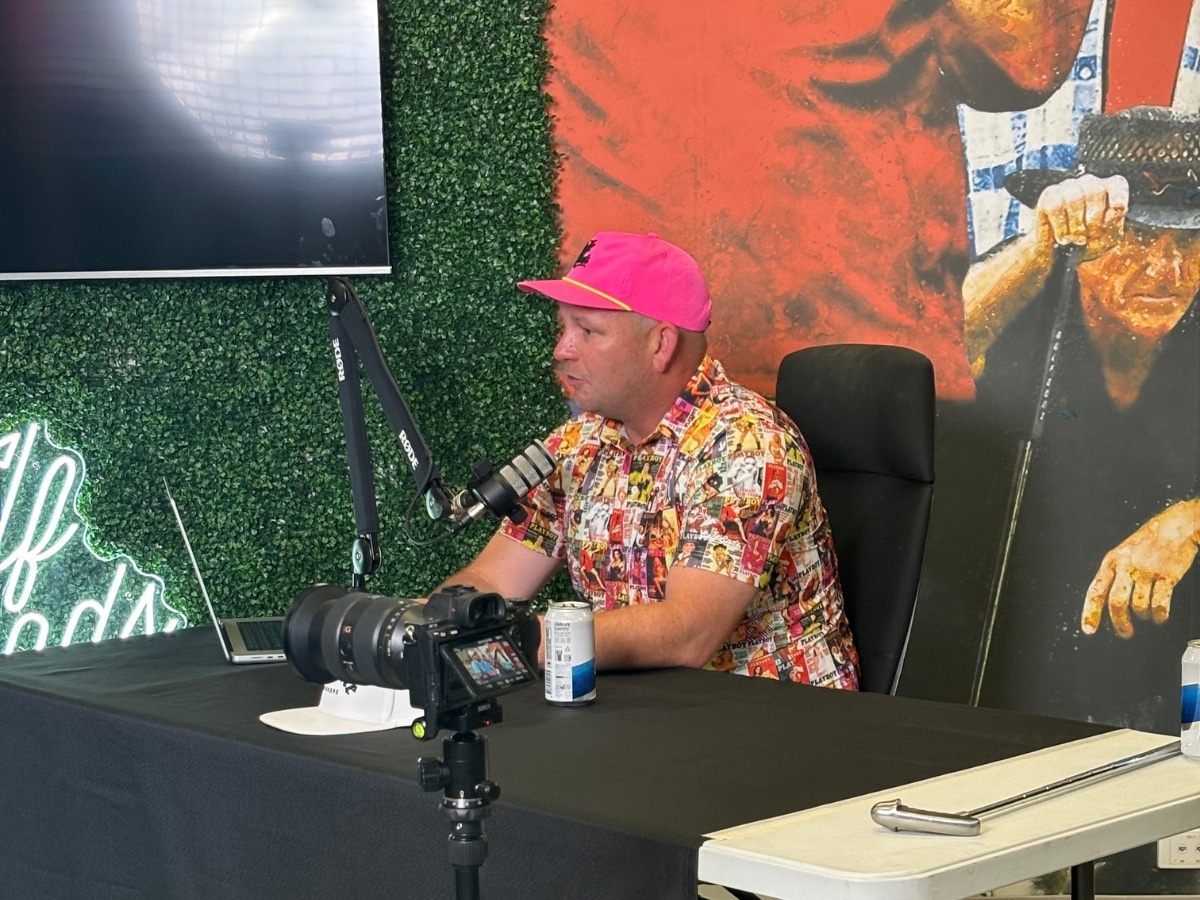
The team launched its brand-focused podcast, Teebaggers, earlier this year to further connect with its customers. The idea there is to further differentiate themselves as a brand with a story and personalities behind it, rather than just another faceless Shopify page.
Beyond Teabaggers, Golf Gods also launched a women’s collection called Golf Goddess, aiming to capture another emerging market.
“The dominant gender in golfing is male, by a long way, but we know that the female market is changing quickly,” Smedley says. “We’re trying to cater to a growing market with Golf Goddess, but it’s a slower burn. About 10 to 15 per cent of the golf market are women, but that’s growing rapidly.”
The brand’s designs are changing too, though not rapidly. Smedley knows that for a business to remain relevant, it has to constantly be willing to change, and that, while flamingo shirts are popular now, in ten years they may not be. Golf Gods is looking to retain its trend setting nature well into the future, he says.
For his money, street culture is probably going to be the next big thing in golf clothing, as it has in other markets, and Golf Gods are getting out on the front foot early.





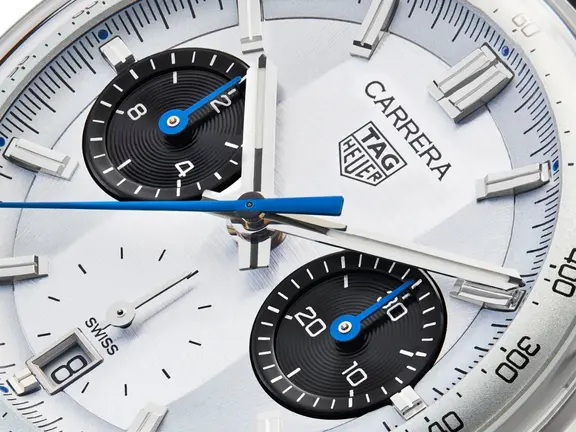





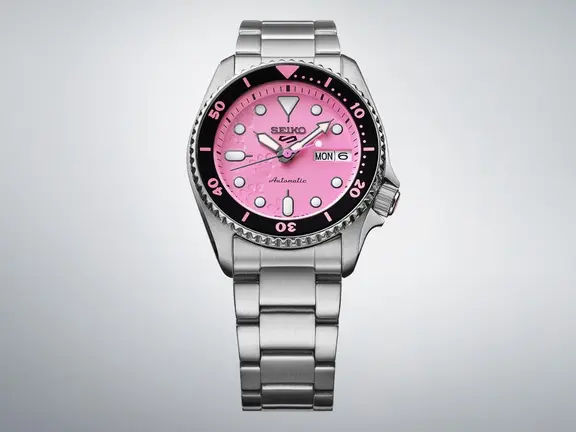







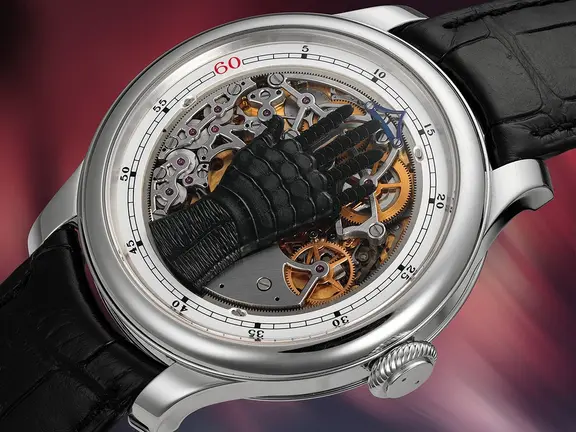

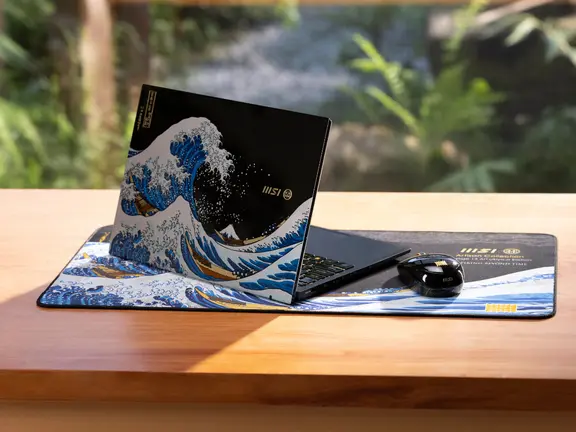










Comments
We love hearing from you. or to leave a comment.